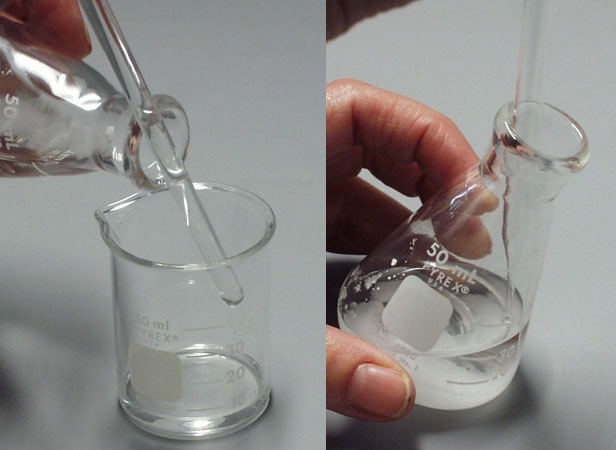Brines and Salt-Saturated Solutions: The Main Differences and Their Uses

Brines and salt-saturated solutions cause a lot of confusion for people. Some people think that they are the same, while some people argue that they have significant differences. However, the differences between the two include the finest of margins. In chemistry, there are many chemical definitions and a lot of mass and molecules being involved. To differentiate one chemical component from another, chemistry uses values such as mass, weight, and color. The small differences make significant changes in terms of ability and definitions in principle.
With that in mind, chemists have been able to find the difference between brines and salt-saturated solutions. The two are not synonyms, but two terms are usually used to differentiate the concentration of salts in a solution, water. Brine is usually more concentrated and can be found naturally in salt lakes, crust, and brine pools on ocean bottoms. Highly-concentrated brine lakes typically emerge due to the evaporation of ground saline water on high ambient temperatures.
Salt-saturated solutions, on the other hand, are less concentrated than what brine is. Usually, more than 10,000mg/L total dissolved salt. The naming saturated comes from the fact that it is more saturated than what brine usually is. Brine has more than 35,000mg/L of total salt dissolved. The difference in concentration makes the two differ in chemical properties and abilities. The uses of the two vary due to the differences.
Uses of Brine
- Food processing and cooking- Brine is a common agent in culinary arts. It is used to preserve and season foods. Pickling is a process where brining is applied to vegetables, cheeses, and fruit. Meat and fish are usually dipped in brine for short periods of time as a form of marination. This helps in their tenderness and flavor. It also helps preserve them longer.
- Production of chlorine- Brine solution undergoes electrolysis so as to create the elemental chlorine. The process also produces sodium hydroxide and hydrogen gas.
- Refrigeration fluid- Refrigerators use fluids as a primary component for its normal functioning. Brine is usually used as a secondary fluid in large refrigeration installations. In thermal energy transportation from place to place, brine plays as a critical element in refrigeration. Sodium Chloride brine is also used in some fishing vessels to freeze fish. The spray can keep fish frozen for those engaging in a long period of fishing trips.
- Water softening and purification- Using ion exchange technology, brine is used as an auxiliary agent. Household dishwashers usually using sodium chloride as a dishwasher salt is a typical example.
- De-icing- Brine can be used to defreeze roads as it can reduce freezing.
Uses of Salt-Saturated Solutions
Salt-saturated solutions are usually used to maintain and check the levels of humidity. Different saturated salt solutions are able to yield different results.
Brines and salt-saturated solutions are essential in the world of chemistry. Despite their close proximity in terms of components, the two compounds are different and are put to other uses.








